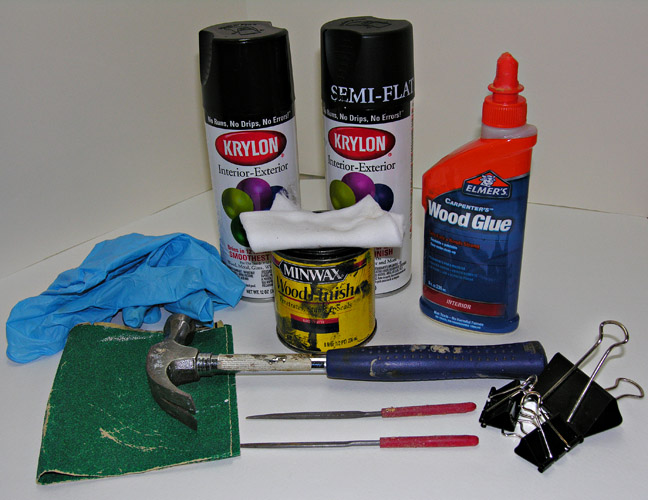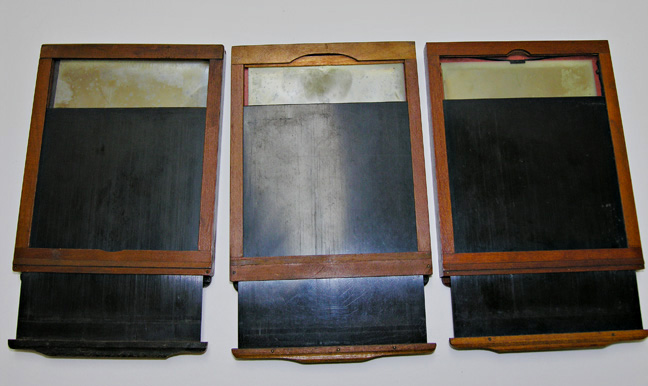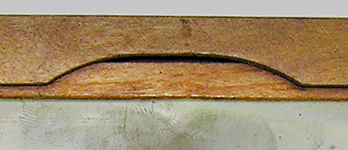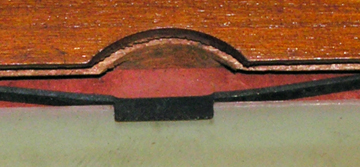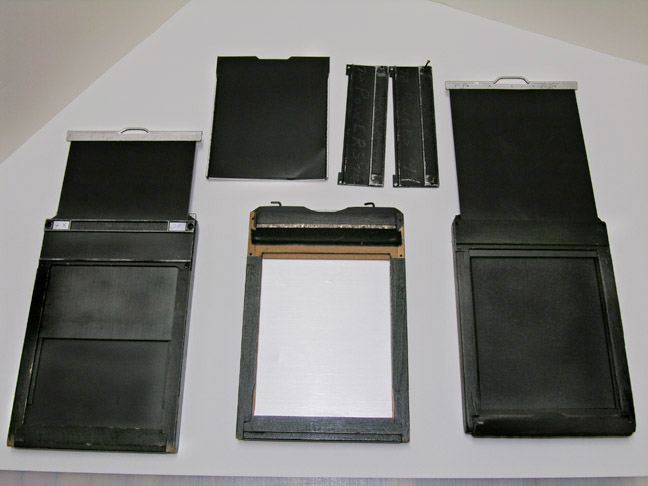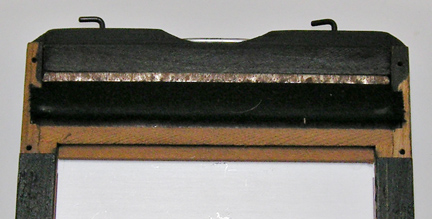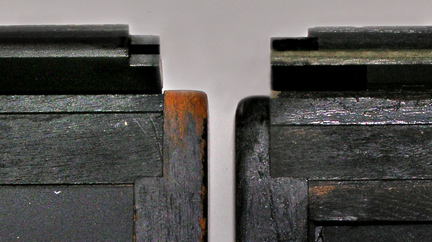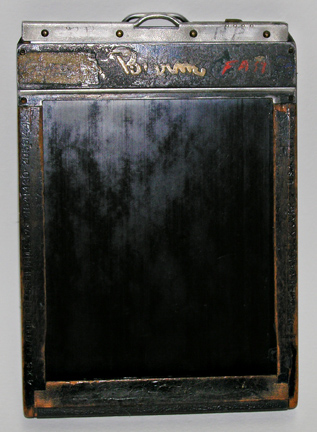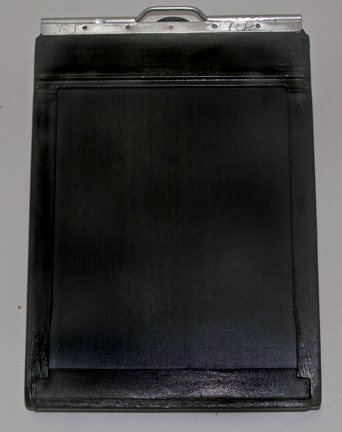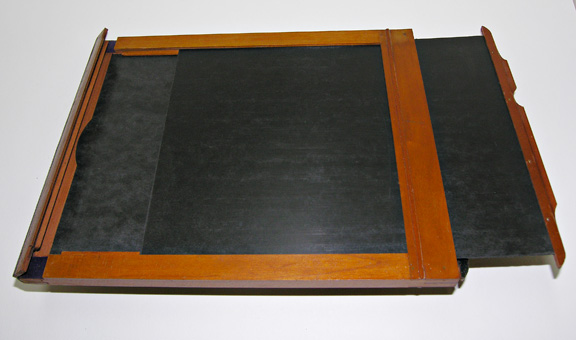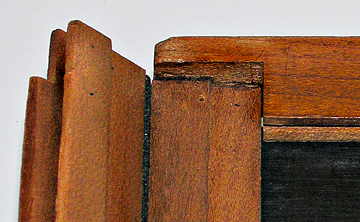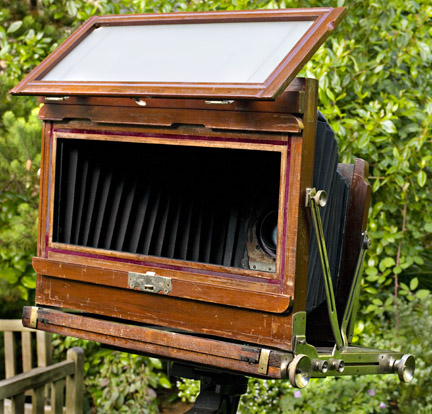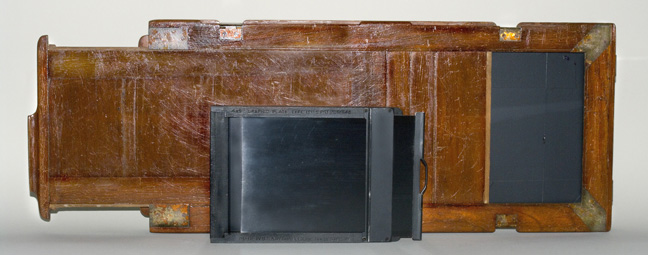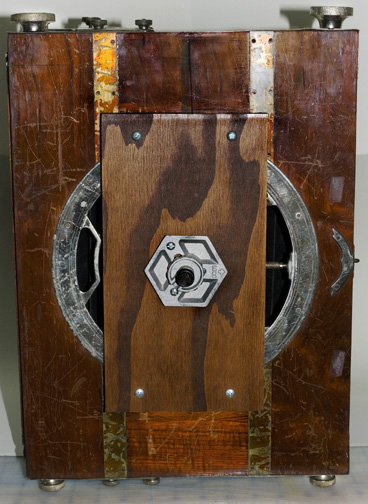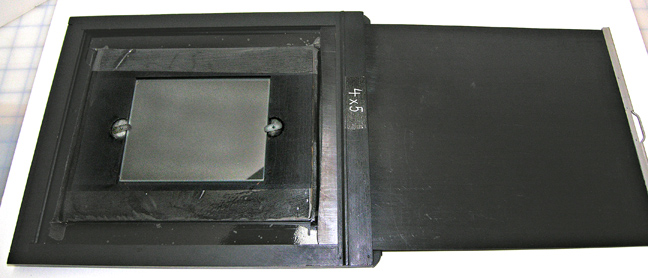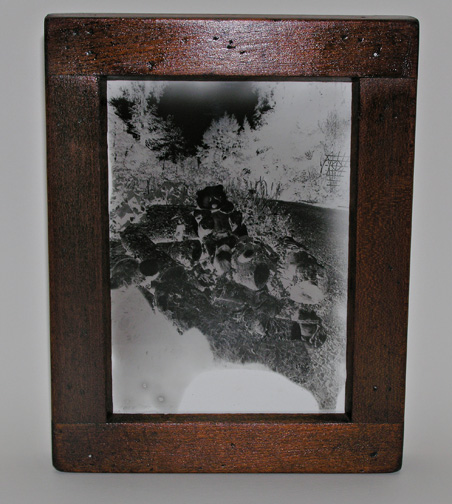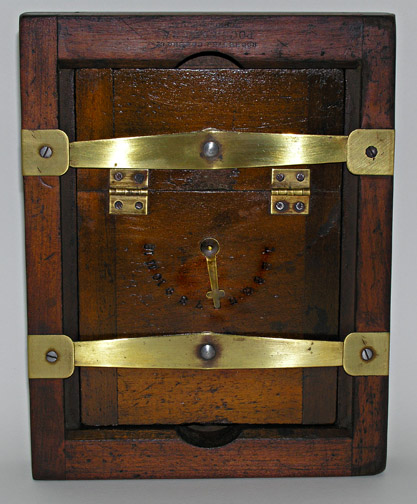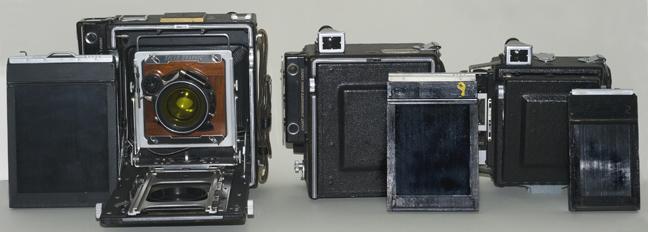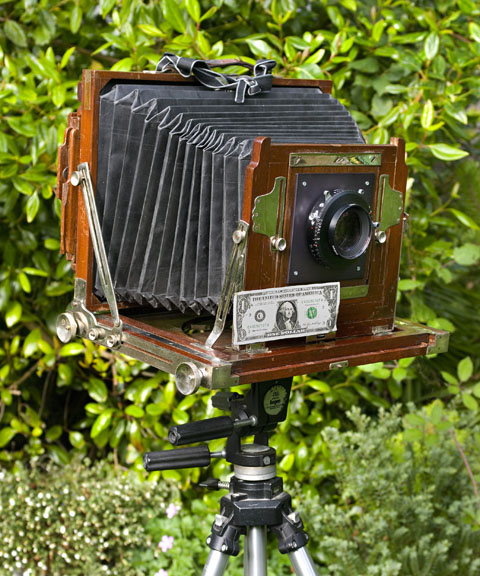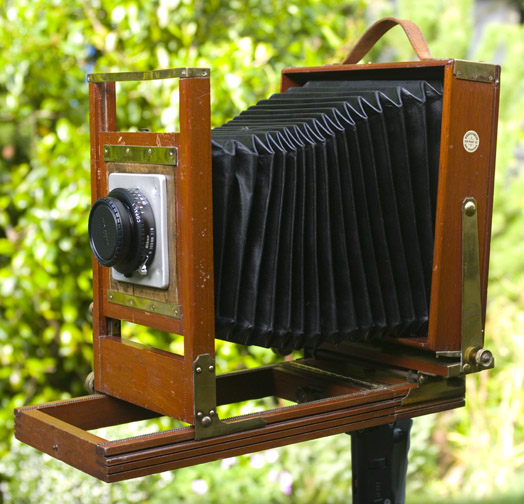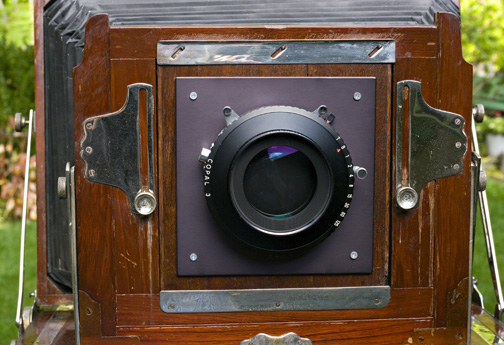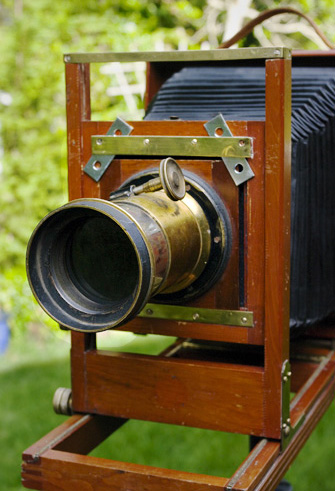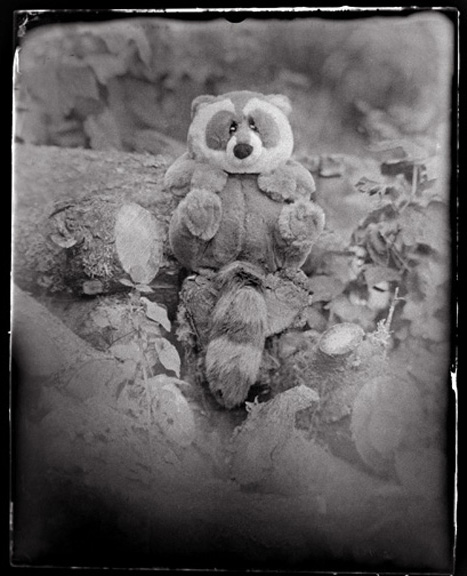|
There are a couple of gotcha's to look out for
when you're shopping for old goodies. 'Whole Plate' size
(6.5"x8.5") camera holders apparently were never standardized.
I have a beautiful old Whole Plate holder, in perfect condition that
doesn't fit in my Century camera. It's only off by an 1/8-inch,
but that's enough to make it unworkable. I think I can carefully
plane off the edges, but I haven't bitten that bullet yet.
Second, when you're buying old cameras on ebay, etc, pay careful attention
to the back. Many of the really old ones have a swinging door for
book-style holders, rather than the spring-loaded back most of us are probably
more familiar with. The book-style holders are very hard to find and
almost always idiosyncratic to one particular camera. You'll really want to
buy a camera that has at least one holder included. And often, it is only one.
In this case, you'll want to have a large film changing bag.
Carry your supply of dry plates, individually packaged in protective
sleeves, with these in turn in a lightproof bag or box. After you
expose the plates in your holder, reload a new set of unexposed plates
inside the changing bag. B&H Photo has a good selection of bags.
I have heard that it's possible to retrofit a door-style back for a modern
spring-back. It's easy to visualize, but I hadn't given that one a try yet.
|
